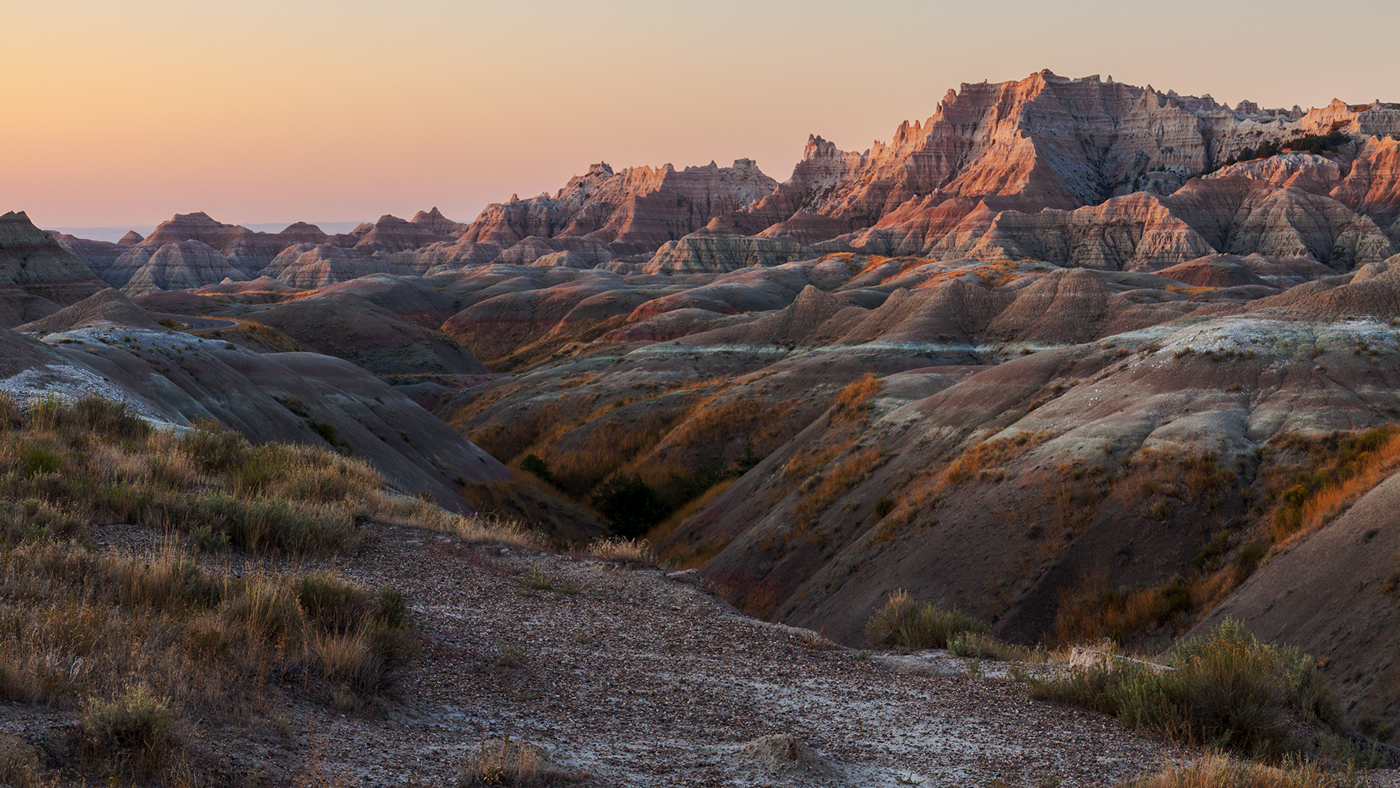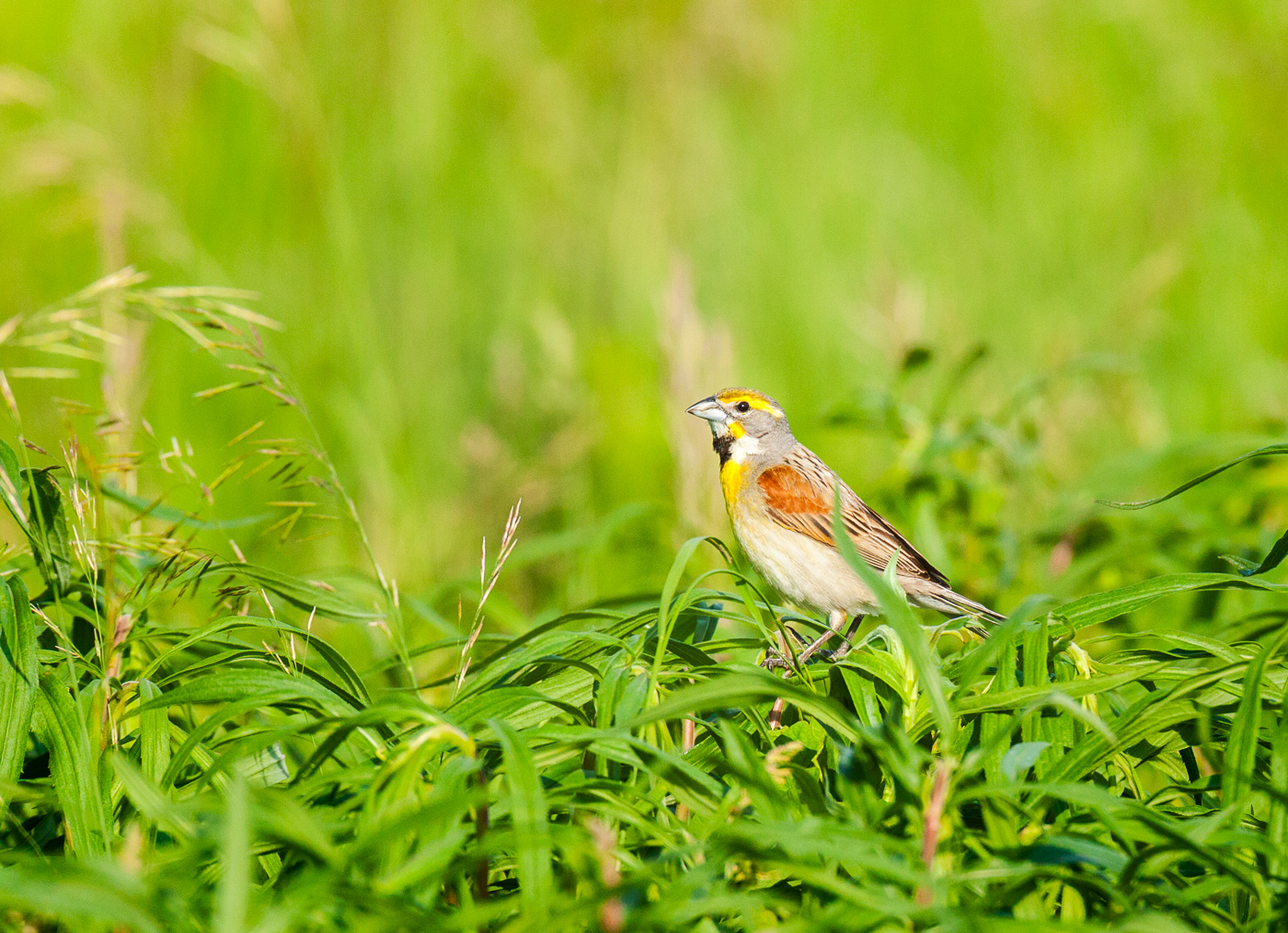Junior High School Spring Break 1972, my parents took my friend Doug and me camping on the Blue Ridge Parkway. This is where the Parkway starts on the edge of Great Smoky Mountains National Park, North Carolina. It ends 469 miles later at Shenandoah National Park in Virginia running along the spine of the Blue Ridge Mountains without a stop sign or stop light.
Parkway pullover
smokey mountains
Pullovers and visitor centers dot the parkway with views into the valleys on each side.
The colors are just beginning to change.
Hearts and Minds
And peeks into the towns along the route.



















































































